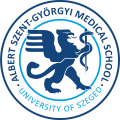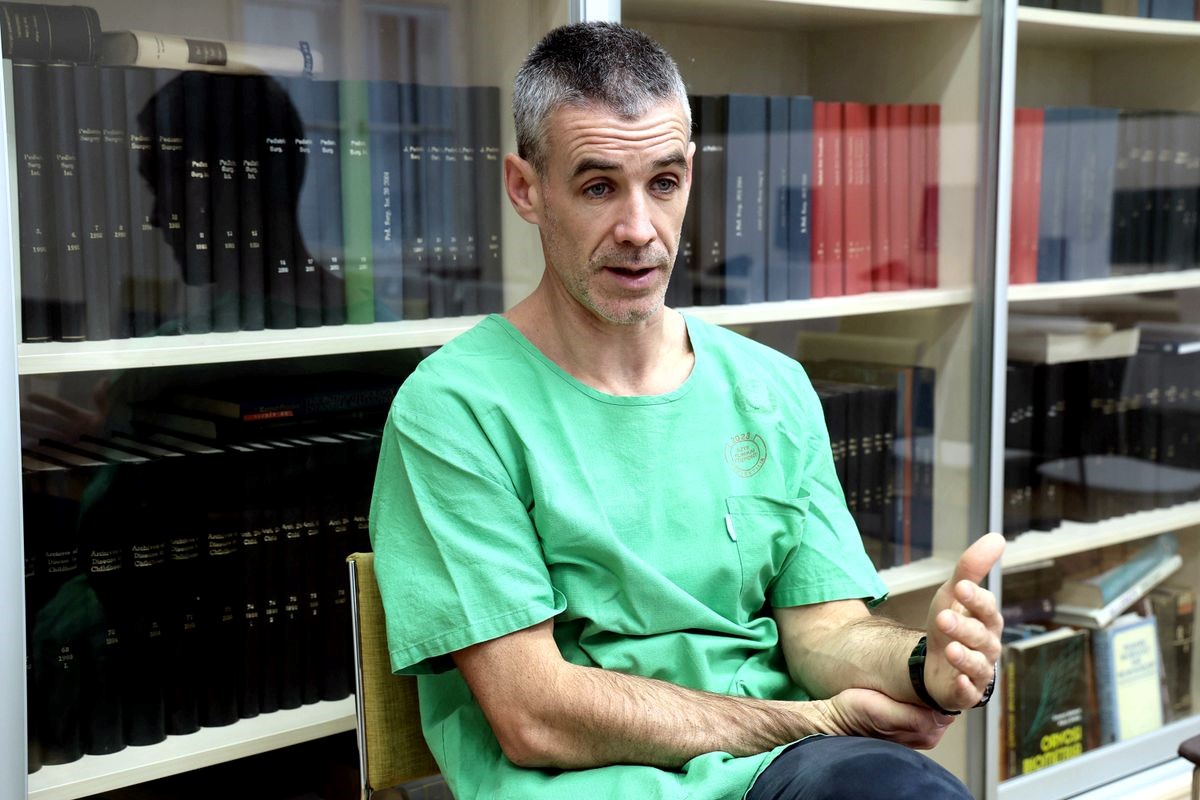University of Szeged
Albert Szent-Györgyi Medical School
Foreign Students' Secretariat
Your Education. Our Mission.
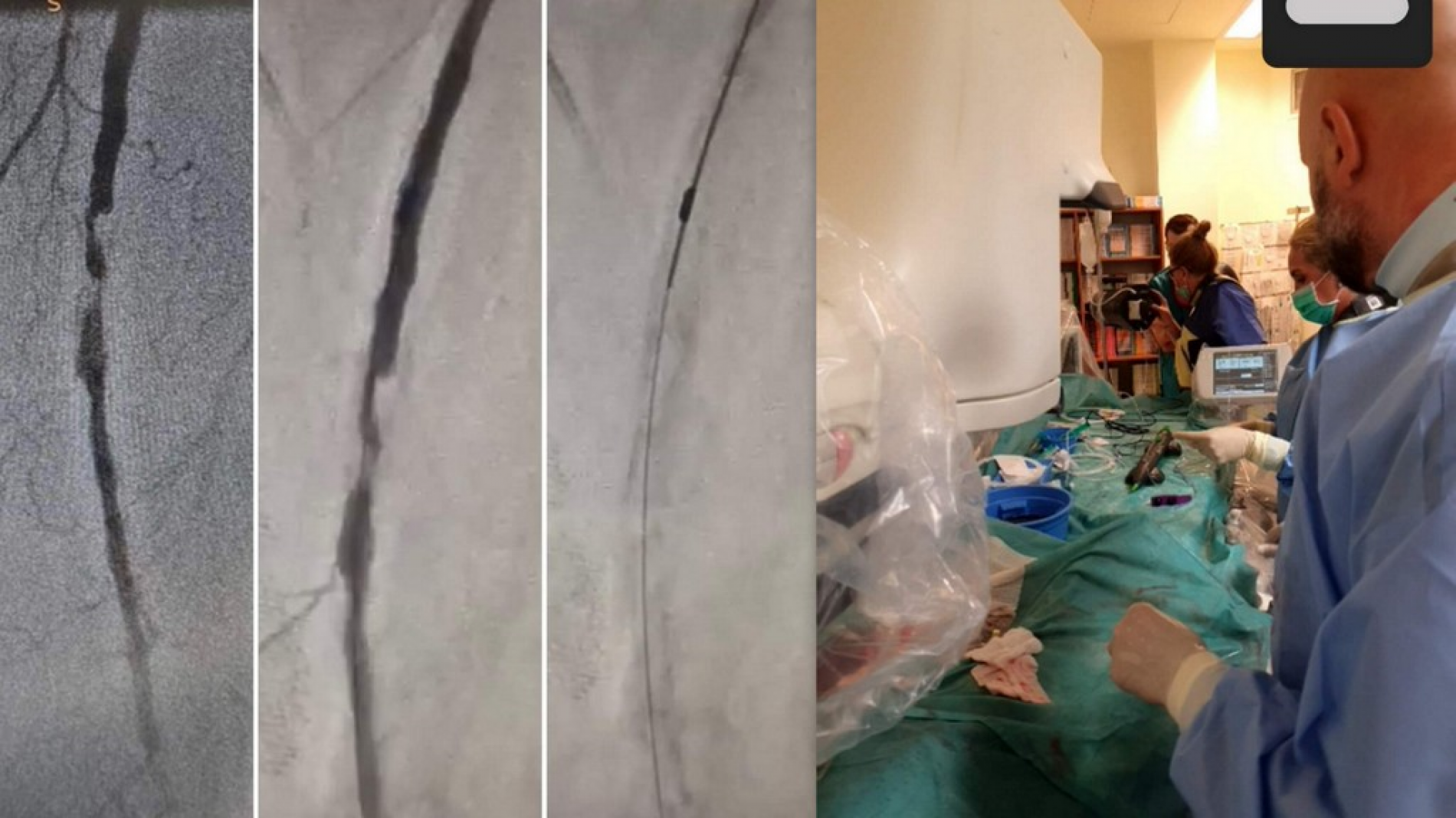
World-class limb salvage surgery at the University of Szeged
Doctors at the Albert Szent-Györgyi Clinical Centre, University of Szeged performed a percutaneous vascular surgical intervention called orbital atherectomy to save a patient’s limb. Orbital atherectomy is the most up-to-date technique at present, and it is considered to be a novelty worldwide.
The device was originally developed to treat calcification of the coronary arteries, but it has already been used in the treatment of peripheral vascular disorders. In Central Europe the first such application was performed by the invasive cardiology team at the Albert Szent-Györgyi Clinical Centre. The successful intervention was performed by Dr. Habil. Zoltán Ruzsa, associate professor and Dr. Zoltán Jambrik, assistant professor.
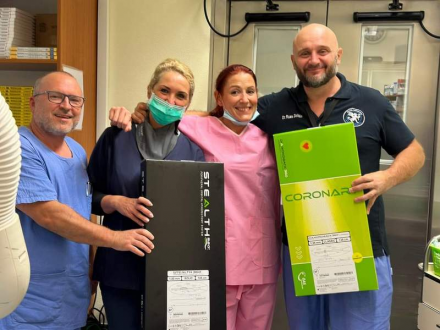
The circulation in the 66-year-old man's left leg was severely compromised due to chronic blockage of the artery supplying it, which could lead to gangrene or amputation. To save the limb, catheter-based intracvascular angioplasty was necessary to improve circulation. However, the severe calcification of the artery did not allow for balloon dilatation and stenting, which are now considered traditional, as effective treatment requires the removal of the calcific mass causing the stenosis first. The orbital atherectomy system uses a rotating drill that can be used to break down the sclerotic lesion. Its diamond-coated eccentric crown uses abrasion to grind away calcium crystals deposited in the vessel wall. This way the deposit will break up into tiny micro-particles that are simply washed out of the vessel by the bloodstream.
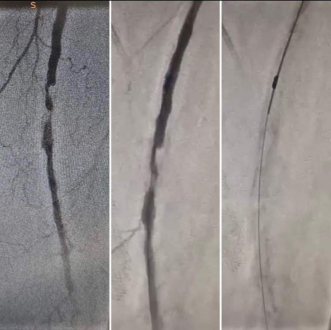
Just like coronary artery disease, which causes serious heart problems, peripheral artery disease is becoming increasingly common. The increasing incidence of hypertension, diabetes, sedentary lifestyle and smoking are major predisposing factors to its development, which poses a significant challenge to cardiovascular specialists.
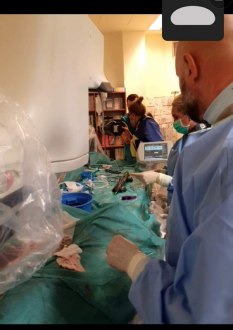
At the Albert Szent-Györgyi Clinical Centre, the treatment of cardiovascular diseases including peripheral vascular disorders is carried out through interdisciplinary cooperation using the most modern technology. The introduction of state-of-the-art techniques and their application in daily practice (sometimes in a pioneering way to ensure effectiveness) is expected to open up new perspectives.

